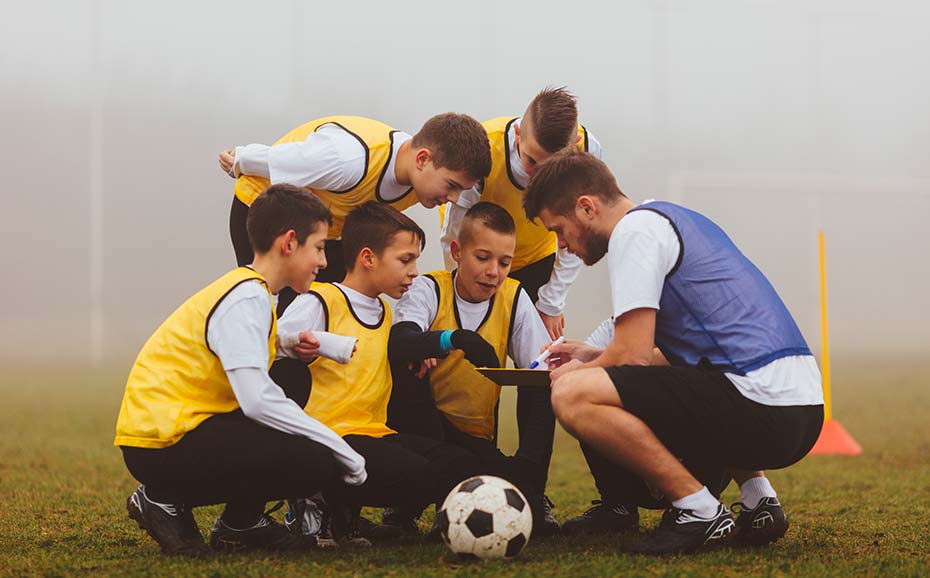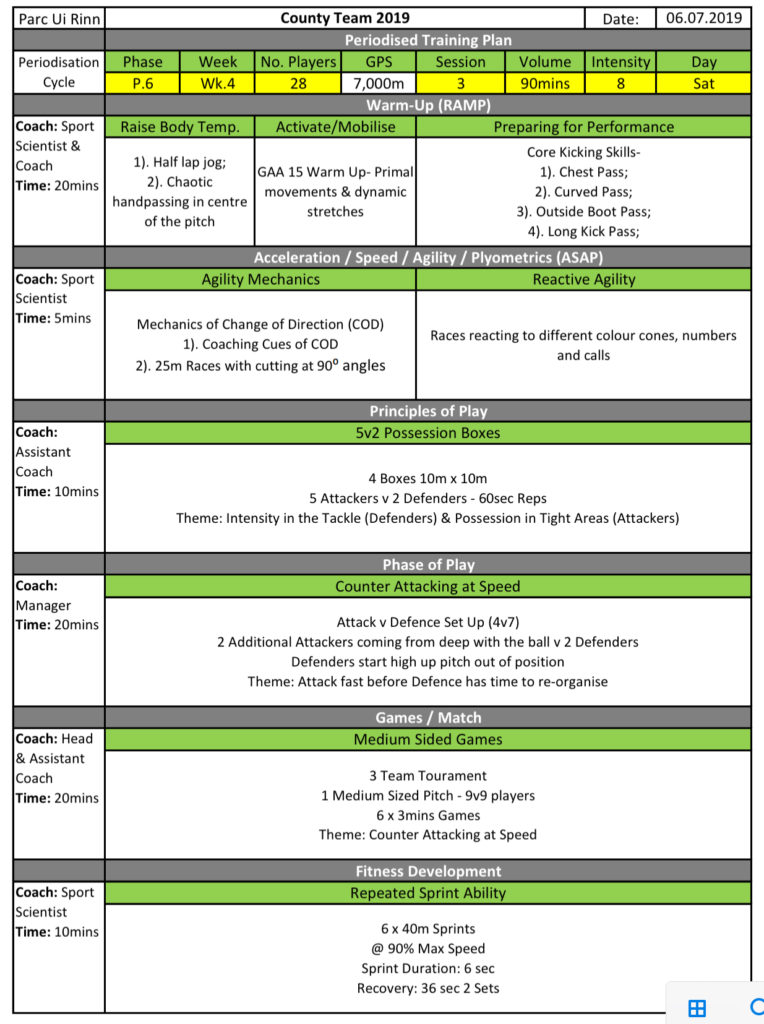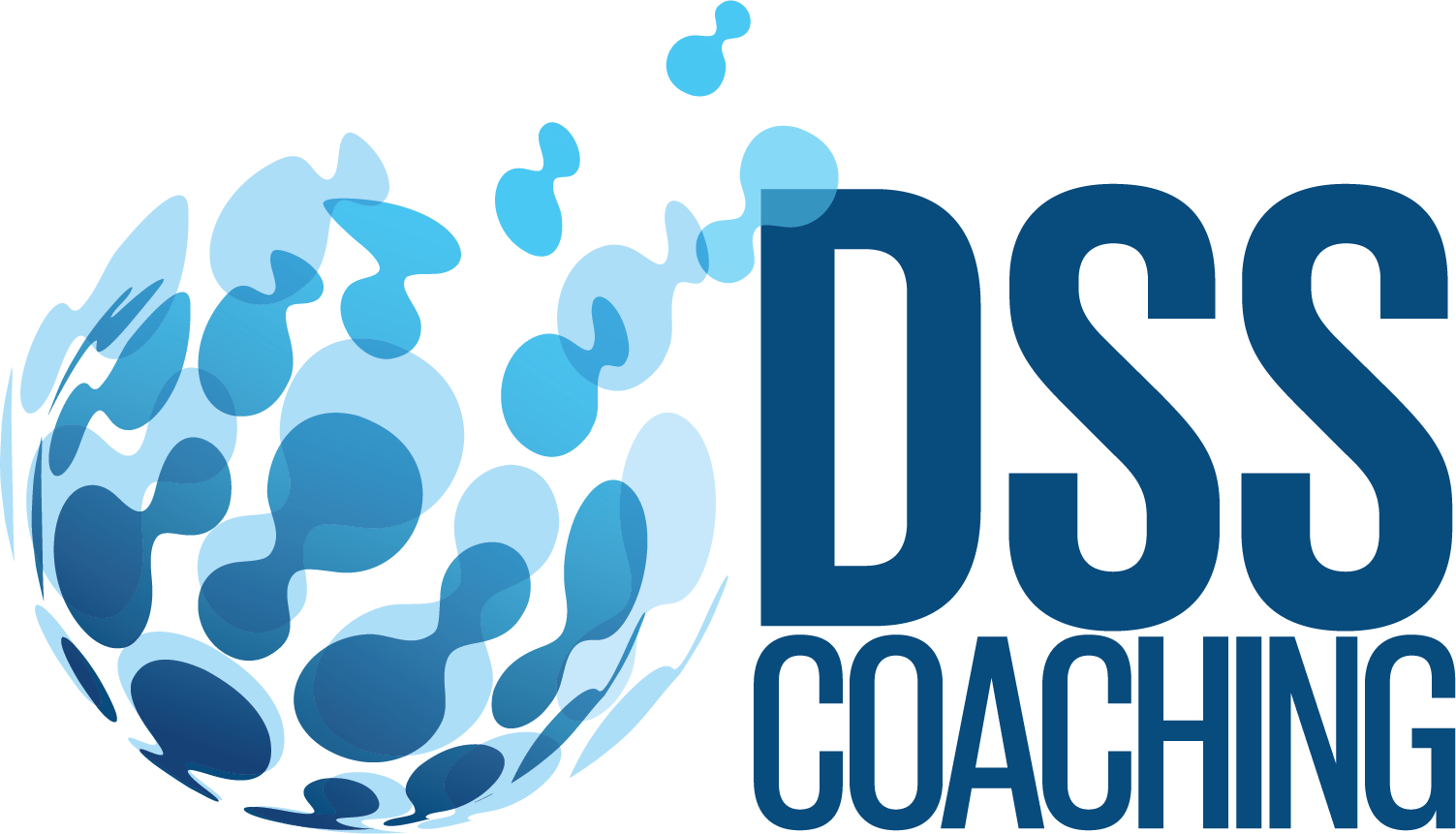
24 Jul Designing a GAA Coaching Session using Modern Techniques – by Ciaran Deely
By Ciaran Deely MA MSc CSCS
* An edited version of this article first appeared in the Irish Examiner Newspaper on Saturday 06.07.2019
Designing a coaching session is easy. Coaching is not! If you know that, you know a lot already.
The sun is shining after my morning run in the park- what I’m keeping fit for I’m not sure of yet- and I’m sitting with my laptop in one of these slightly hipster cafes in North London that professes to do artisan coffee in a cool, trendy vibe of an atmosphere. Though I must admit, the coffee’s good and the Wi-Fi isn’t bad either!
I’ve been thinking a lot about coaching this week and all the different little aspects that make up a good coaching session. I’ve recently been taking on some extra coaching responsibilities with the U16 squad in the QPR FC Academy where I work, on top of the current sport science support that we provide to each squad throughout the club. It feels like a natural progression at this stage of my career, and an interesting challenge- taking the knowledge and experience of coaching a Senior Inter-County Men’s Gaelic football team and applying it to a bunch of elite end youth soccer players who are all competing to obtain a professional career in the game.
The Head Coach Liban has an insightful soccer brain, with huge technical knowledge, and it’s been great earning from him and some of the coaching cues and teaching points that he has used about body position in soccer, how to address the ball correctly and multiple runs off the ball to create space for yourself and your team mates. All aspects that are coming more and more into the Gaelic games.
It has also, however, been an interesting dynamic of educating him on some of the other aspects of devising an appropriate coaching session- integrating sport science principles; practising locomotive skills; sets, rep and timings of drills; how you periodise a microcycle training week and how does each session fit into the overall season plan and macrocycle. Much stuff to learn, and the great thing about working in professional sport is you have lots of experts around you from a variety of different disciplines who are all there to learn daily like you are.
So, it got me thinking about how you design a coaching session using all the modern techniques and protocols.
Coaching is Science, Coaching is Art
A colleague of mine has always said physiotherapy is an art form but backed up with science. I view coaching, training and sport science in the same manner. The science is important, it gives you a platform and a foundation. But it is in the art of coaching that the real beauty lies. As I alluded to at the beginning- designing a coaching session is easy. With a bit of knowledge and a step by step formula (which I will outline to you below), you can simply plug in the different components of the coaching session, like you would put pieces of a jigsaw together to produce an overall beautiful engaging picture.
A Periodised Plan
When planning out the session, it must fit into an overall periosided plan. So, at the top of the example session plan I’ve outlined on the facing page, you will see what phase and week the session falls into. We run our seasons off 6 weeks long phases. The season can then be broken down into pre-season phase, early season, League, transition from League to Championship, early Championship and, hopefully, late Championship phases. It is good to know what phase you are currently in as it will determine what type of session you run, what are the physical loadings, and what kind of technical or tactical units of practice you will incorporate into your session. The other figures outlined at the top are the predicted squad average Total Distance derived from the GPS STATSports system; the duration of the session; and the RPE (Rating of Perceived Exertion) of the session on a scale of 1-10, with 10 being your absolute physical maximum. All important factors in designing your session.
- Warm Up
Though it may seem a strange thing for a Strength and Conditioning Coach to say, but I’ve never spent much time on warm ups and don’t tend to dwell on it much! For me it is a quick exercise of preparing the players for the session ahead. In professional set ups, you have more time and access to the players, so you can work on specific physical outcomes such as improving their mobility, stability, ability to generate force, and holding isometric positions that improve their movement efficiency. When it comes to Gaelic club and county teams, your access to them is so limited and you do maybe only 3 sessions per week max- so I would say spend your time wisely on other things instead. In every single warm up I or my sport scientist do, I expect a technical or tactical outcome from it. So, if we are going to work on 1v1 defending later in the session, is there a way to scaffold that into our warm up so it’s mentally and physically tuning the players and their bodies for that unit of practice? The GAA 15 Warm Up, incorporating some simple ball exercises and dynamic stretching is adequate in preparing physically for the session. A simple acronym to remember is RAMP- raise body temperature, activate the muscles, mobilise the joints, and prepare for performance.
- Technical Proficiency
The preparing for performance aspect of the warm up is an idea opportunity to get some skills practice into the session, to test and improve the players’ technical proficiency. In one of my first sessions providing sport science and S&C support to the QPR U23 squad was an interesting and quite funny little experience for me. When I rocked up to do my warm up with integrated skills practice, who was there in the session only Joey Barton, Bobby Zamora and Richard Dunne- all of who weren’t included in the First Team squad for the game at Loftus Road later that day. And so, it was that I was taking them through their core skills and technical practice. Something that I learned from that day and continue to do so- is the importance professional clubs and players put on practising the basic skills of the game every-day of the week, regardless of what age or stage of your career you are at. Some would say at least 2 of those 3 should have practised a bit more while at QPR! A simple practice I like to do with my teams are Core Kicking Skills practice- a range of different kicking techniques from a variety of distances, angles and using different parts of the foot, both left and right. This can be done in pairs and ensures all players get loads and loads of touches of the balls. And not a cone in sight! Do 2mins duration for each kick and join in yourself too even- we are all players also, when it comes to it!
- Locomotive Skills
The next part of the session is a physical section that I like to call Locomotive Skills. And I call it ‘skills’, because it is a physical ability that can be learned, practiced and improved. You can incorporate the ball, opposition players and a variety of cones, equipment, colours and stimuli. The ASAP concept involves working on one of the players’ Acceleration, Speed, Agility and Plyometric ability. This is usually taken by the sport scientist or S&C coach and can be run off over a 5min period. The players love it and it’s a chance for them to focus on getting faster, accelerating quicker and turning more efficiently. The practice I’ve included in the session plan on the facing page works on first their change of direction mechanics, before progressing onto a reactive agility exercise, in response to calls, cones, colours and sounds.
- Principles of Play
This flows naturally into the next section of your training, where you are devising a practice that incorporates some aspect of performance and principles of play that you want your team to play with. A simple practice that I have taken from professional soccer are the 5v2 Possession Boxes, where 5 attacking players keep the ball away from 2 defenders in a 10m x 10m box. This should lead to huge intensity in the tackling and physical contact from the defenders and will challenge the attacking players to hold possession in tight spaces, under huge pressure, in a chaotic environment- just like in a match! Do 60sec reps and continually rotate the defending players. This is a perfect introductory straight forward practice drill that an Assistant Coach can take.
- Tactical Awareness
The tactical awareness unit of practice is now getting into the real meat of the session. Often, I would have taken this section of the session myself as Manager, as I had specific pictures in my head of how I wanted the team to play. This is where you can use Spot & Fix in your coaching- stopping the session to change the exact positioning of a player or unit of defence in response to where the ball is and/or what the opposition players do. I like to call this Pitch Geography and is probably my favourite part of coaching, as it is the most challenging! The Phase of Play in the session plan on the facing page is one which is set up to promote Counter Attacking at Speed in possession. a simple set up of 4 attackers v 7 defenders is organised on 3/4s of the pitch with the defenders starting high up the pitch out of position, and 2 additional attackers starting with the ball versus 2 defenders. The is for the attackers coming from deep to move the ball at speed through the hand or by the foot to catch the overloaded defenders out of position and get a shot off before they get back into their typical packed defensive shape. Rotate the players coming from deep with additional players after each rep.
- Games
Once the focus of the session has now been set and scaffolded, it is time to see can the players bring that learning into the game, with more freedom. I work off a periodised microcycle- the training week- of Small Sided Games (SSG), Medium Sided Games (MSG) and Large Sided Games (LSG), each of which I would ensure the team hits each type of game at least once each week. Early pre-season and late Championship may differ of course. For this session I’ve focused on a 3 Team Tournament Medium Sided Games format. This is one of my go to format of games. Usually about 9v9 players, on a pitch 45m wide x 80m long, with 1 player on each team acting as an unopposed ‘Bounce player’ on the end line of the opposition team’s goal. The ball can be played into that player who then must give a one-two to another advancing player coming running in support. This promotes the ball being played in early and support players getting forward into advanced positions- something we need when looking to counter at pace. Do 6 repetitions of 3min games with a team rotating out each time. If you want to really keep them on their toes- tell them first to 2 or 3 goals or scores stay on and losing team continually rotates off!
- Fitness Development
Coaches, sport scientists and S&C coaches will each have their own philosophy and way of doing things regarding fitness development. If they have a philosophy and can justify it, then be as creative as possible. As long as you are hitting the relevant components of fitness needed to perform on the big stage. My own philosophy is to do the fitness work at the end of the session. I do this for 3 reasons- firstly because I believe you will do the majority of your fitness work with the ball in the games, phase of play and principles of play practice in the main part of the session; secondly I believe at times you must isolate components of fitness to increase the stimulus the player is being exposed to and maximise its ensuing benefit; lastly if there are any modified players who are returning from injury, then it is very easy to pull them from the fitness work at the end and so they can focus first on the ball work right throughout the session that preceded it. In the example session, I have focused on Repeated Sprint Ability, a vital component of fitness in the modern game where players are expected to perform maximal or submaximal bouts of high intensity exercise and repeat them! The protocol here is 6 x 40m @ 90% max with 36sec recovery between each rep, allowing for some, but not all, recovery of the muscle and physiological system. Complete 2 sets of it. This is perfect fitness work to perform in preparation for the big Championship day in Croke Park!
Finishing Up
That is how to design a coaching session- a simple, yet complex, jigsaw! Start with what you want to achieve in the session, and let it roll from there along the continuum, taking it from start to end in a nice logical sequence. The science and the art integrated together.
It was with disappointment that my time as Manager of the London Senior football team ended this past week. After 4 years as Manager and a 5th year as Head Coach, it would have been nice to have had the opportunity to have some say in when that period would come to an end. I would have expected more than a phone call, especially as I believed we have made progress in the last number of years with many young London-born players making their debut and such huge challenges being faced by this team in the current climate, with a large player turnover each year and still all the time being forced to train on a rugby 4G pitch for the majority of the season. A huge challenge for the incoming manager and players, but of course I wish them and the London GAA family the very best of luck for the future. For me, I will continue to focus on my online sport science and coaching business at www.DeelySportScience.com and also, of course, see where my future lies in terms of working in professional soccer and in the GAA. I look forward to the future with much excitement!
Ciaran Deely is a Sport Scientist with QPR FC and former Manager of the London Senior football team.




No Comments